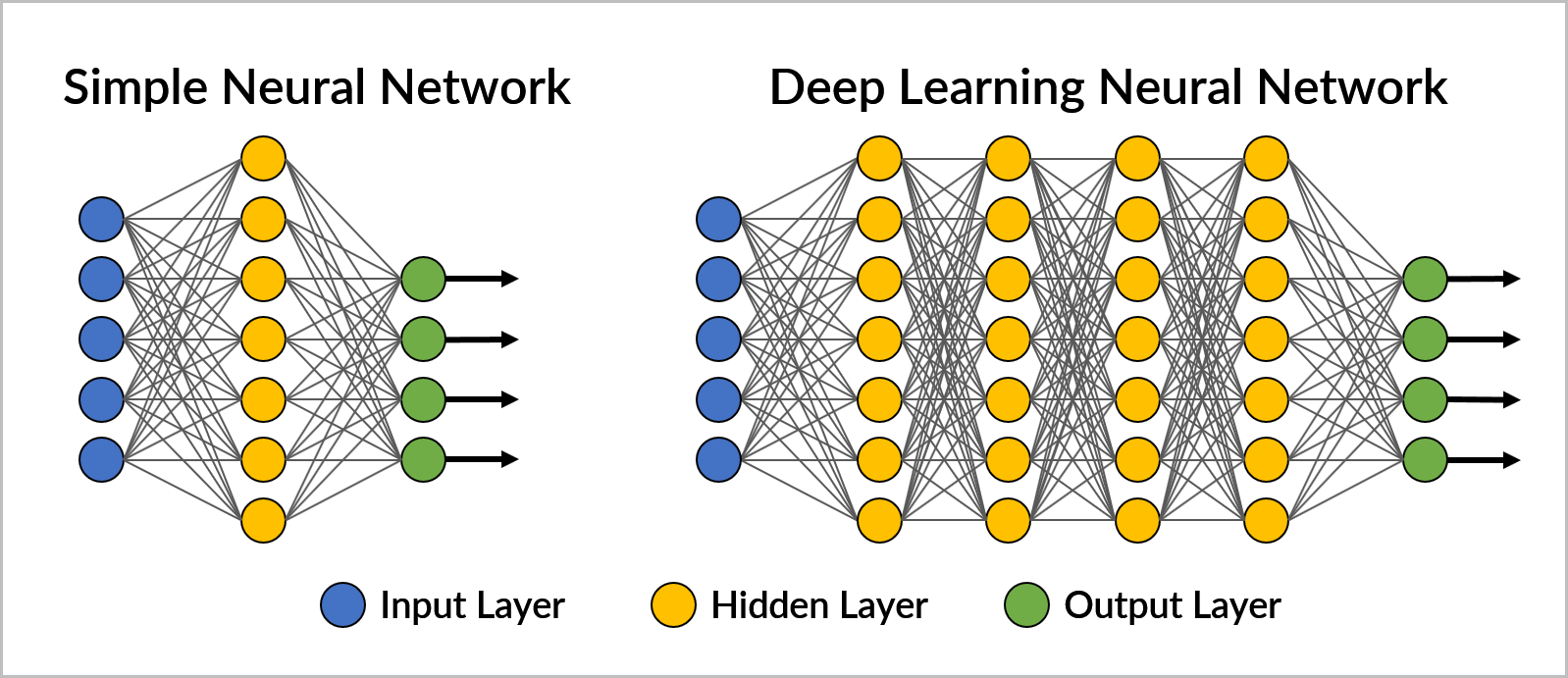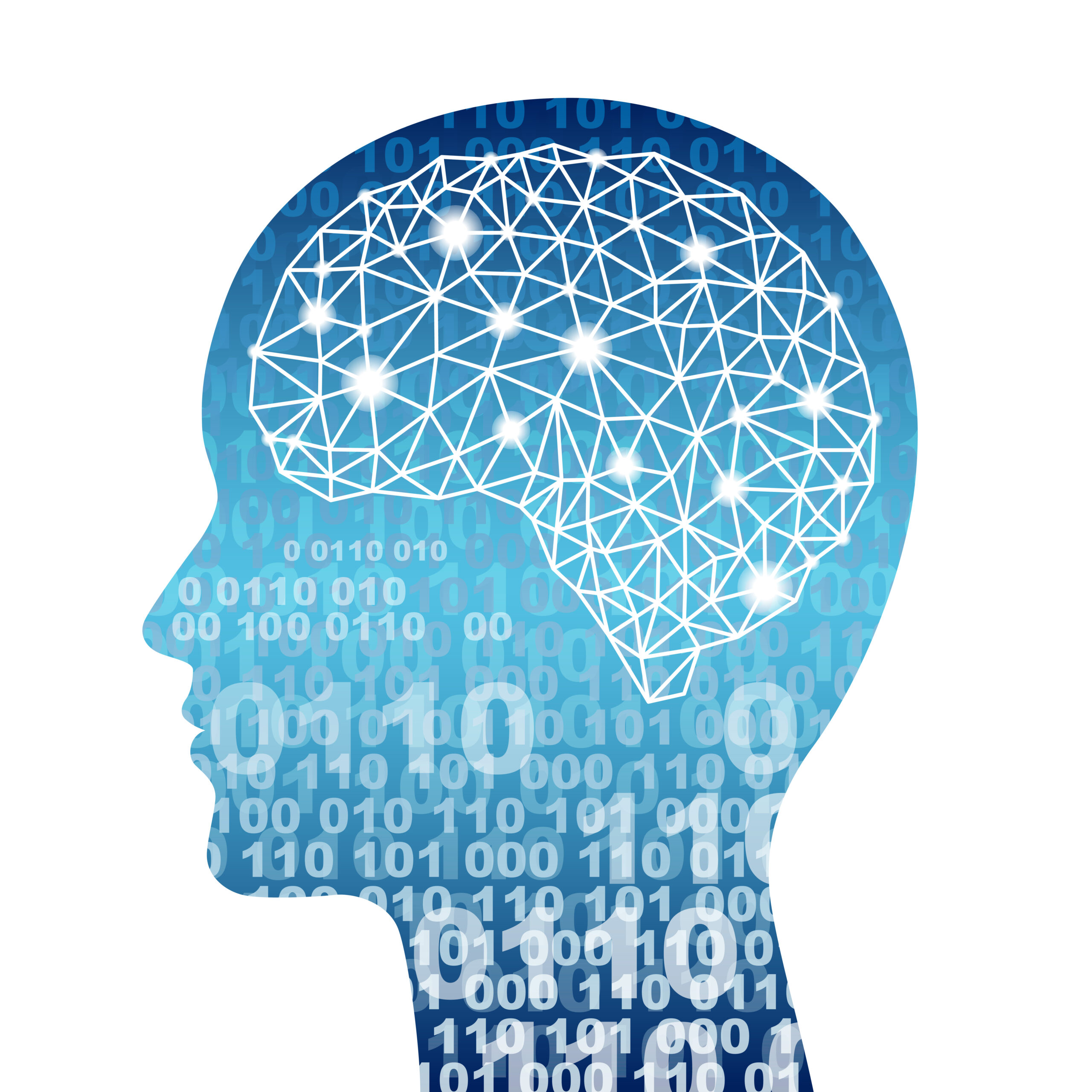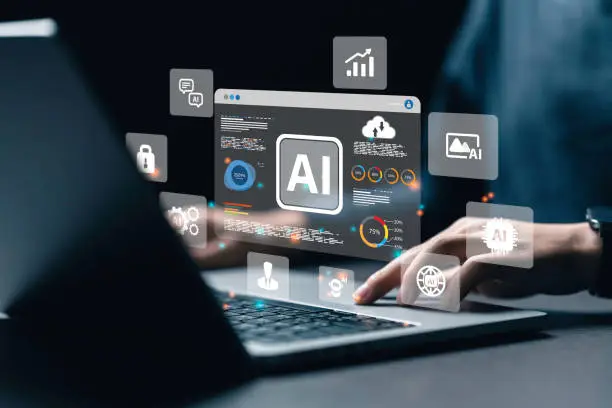Applications, Benefits, and Real-World Examples
With accelerated computational power and large data sets, deep learning algorithms are able to self-learn hidden patterns within the data to make predictions.
DL is a key subset of machine learning that has revolutionized the field of artificial intelligence (AI). By using multilayered neural networks, deep learning models can learn and improve on their own by automatically adjusting the connections between nodes, or “neurons,” in the network.
These deep neural networks are inspired by the structure and function of the human brain, with multiple layers of interconnected nodes that process and transform inputs into meaningful representations. This allows deep learning models to learn complex patterns and relationships in data, and make predictions or decisions based on that data.
While there are challenges and limitations, the applications and potential of deep learning are vast and will continue to grow. As the field evolves, we can expect to see even more innovative and impactful applications of deep learning in the future.

Deep learning has many applications, including:
Computer Vision: DL is used in computer vision for tasks such as image recognition, object detection, and image segmentation.
Natural Language Processing: Text classification, language translation, sentiment analysis, and text generation.
Speech Recognition: Deep learning is used in speech recognition for tasks such as speech-to-text and voice recognition.
Robotics: Control and navigation systems for robots.
Healthcare: Medical image analysis, disease diagnosis, and personalized medicine.
Finance: DL is used in finance for tasks such as risk analysis and optimization.
Predictive modelling and forecasting: Predictive modeling is a data science technique that uses statistical algorithms and machine learning to analyze historical data and predict future or unknown events.
Recommendation systems: A recommendation system is a DL technique that uses data to predict, narrow down, and identify users’ desired outcomes among a vast array of options.
Deep learning would not exist unless neural networks were there. Deep learning is commonly used to refer to deep artificial neural networks.
For more information on Deep Learning Click Here
Deep learning has many benefits, including:
Improved Accuracy: DL models can achieve state-of-the-art accuracy on many tasks.
Increased Efficiency: These models can process large amounts of data quickly and efficiently.
Flexibility: These models can be used for a wide range of tasks and applications.
Scalability: DL models can be easily scaled up or down depending on the size of the dataset.


Real-World Examples:
Image Recognition:
DL is used in image recognition systems such as Google Photos to identify and classify images.
Self-Driving Cars:
Deep learning is used in self-driving cars to navigate and make decisions on the road, to detect and respond to objects in the environment. Like Tesla’s Autopilot and Waymo
Virtual assistants:
like Siri, Alexa, and Google Assistant, which use deep learning to understand and respond to voice commands.
Personalized recommendation systems:
Like Netflix and Amazon, which use deep learning to suggest movies and products based on user behaviour and preferences,.
Medical Diagnosis:
DL is used in medical diagnosis systems to analyze medical images and diagnose diseases
Language Translation:
It is used in language translation systems such as Google Translate to translate text and speech in real-time.
Google’s AlphaGo:
For the first time, artificial intelligence defeated a professional Go player under standard tournament conditions.
ChatGPT:
A deep learning language model, employs a transformer architecture, focusing on key input parts, enabling it to process and comprehend vast text data.

Here at VRLabs, we’re prepared to put artificial intelligence to work for your company so that you can reduce errors and save time and money.
Our advantage is having recently graduated experts who are knowledgeable about cutting edge AI technology and innovative methods of problem solving.
For more articles:
—— > What is ML?
—— > Deep Learning Tech
—— > Deep Learning architecture
—— > ML vs DL vs NN
